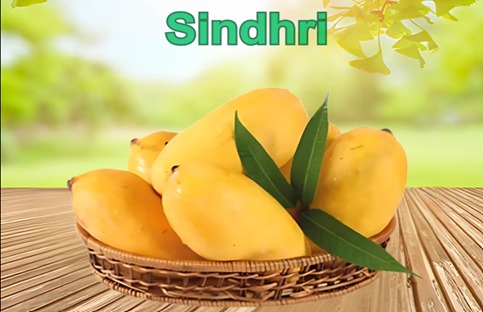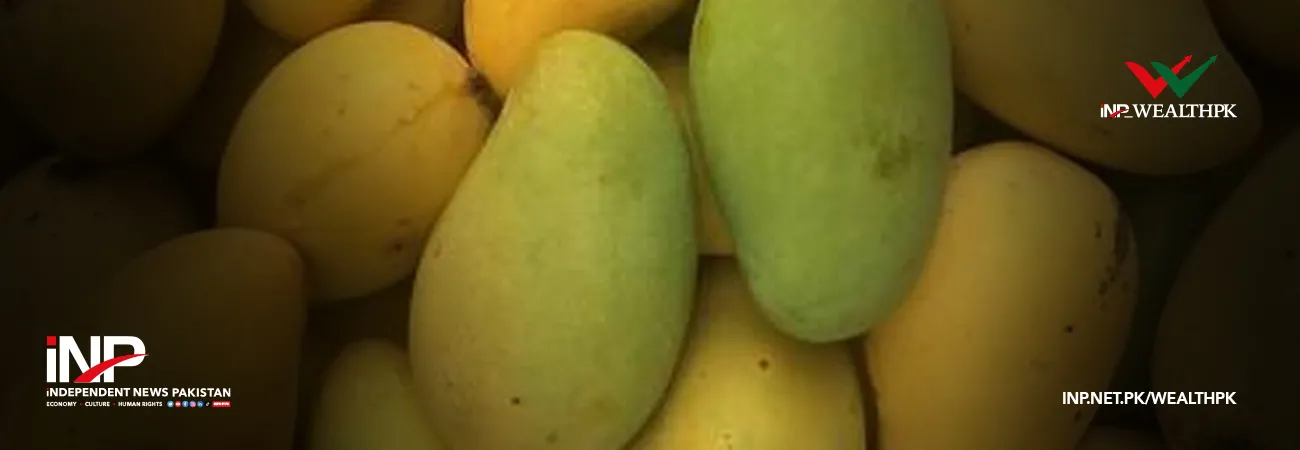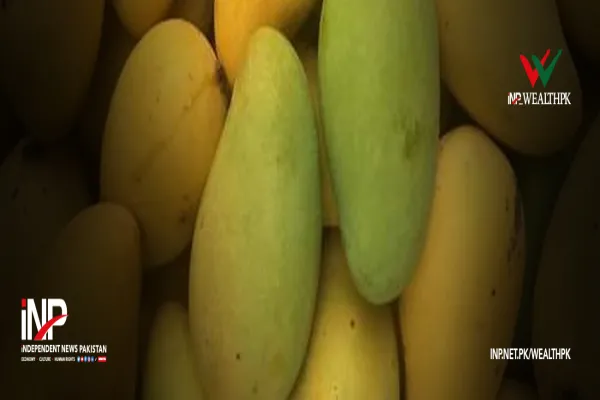i INP-WEALTHPK
Azeem Ahmed Khan
Pakistan’s mango growers must focus on the right cultivars to earn dollars instead of rupees as “now is the time of varieties and not of mangoes,” said Abdul Ghaffar Grewal, former director of Mango Research Institute, Multan. Talking to Wealth Pakistan, he said that only five high-performing varieties are driving profits both in local and export markets, reshaping the country’s mango landscape.

“There are five mango varieties that are most profitable at this time, and much better than the rest,” he said. These include Sindhri, Safaid Chaunsa, Late Ratol No 12, Chenab Gold, and Azeem Chaunsa. “If you want to plant a new garden, 85–90% of it should be planted with these varieties, while the remaining 10–15% can be reserved for your preferred ones,” he stressed.
All the five varieties, he explained, are exportable and also command strong prices locally. “Their yield is also good, and they bear fruit every year because there is no crop failure in them.” Since these are exported as well as sold locally, most of the mangoes are sold directly at the farm, eliminating costs related to handling, transport, and commission, he said.
Pakistan produces 95% of its mangoes from just eleven major varieties: Dasheri, Langra, Anwar Ratol, Sindhri, Chaunsa Summer Bahisht, Kala Chaunsa, Late Ratol No 12, Fajri, Safaid Chaunsa, Chenab Gold and Azeem Chaunsa, with Chaunsa Summer Bahisht cultivated the most. Grewal pointed out, “Farmers’ favourite variety, Chaunsa Summer Bahisht, which is also called Seasonal Chaunsa, is not included in these five varieties because it is not profitable anymore.”
Explaining regional suitability, Grewal divided Pakistan’s mango zones into three: Sindh, Rahim Yar Khan, and Multan (including Muzaffargarh, Khanewal and Vehari). “Mango flowering first appears in Sindh, then Rahim Yar Khan, and finally in Multan.” “Similarly, fruit ripens in that order, Sindh first, then Rahim Yar Khan, and then Multan,” he explained, adding that this pattern defines marketing windows and export cycles.
Sindhri, he said, remains the best variety for Sindh, while Swarna Rekha (known locally as Sanora) is also grown and exported from the province. For Rahim Yar Khan, Sindhri, Safaid Chaunsa, and Late Ratol No 12 varieties perform best, offering strong export potential and profits. Chenab Gold and Azeem Chaunsa, however, are not ideal for that region, he cautioned.
“In Multan and its surroundings, all five recommended varieties are suitable,” he said. The highest cultivation of Azeem Chaunsa is in Uch Sharif, while the highest cultivation of Chenab Gold is around the Jalalpur area, he added. Grewal explained that Rahim Yar Khan’s leading mango varieties, Chenab Gold and Azeem Chaunsa, have lost their export potential because of the shifting marketing cycle. Exporters begin mango procurement in Sindh before moving to Rahim Yar Khan for Sindhri, and later to Multan for Sindhri and Chenab Gold, he said.
By the time the exporters return to Rahim Yar Khan after Sindh and Multan’s exportable harvests end, the local Chenab Gold and Azeem Chaunsa crops have already passed their prime time, leaving no fruit for export, he explained. Grewal said that some old favourites (Dasheri, Langra, Fajri, Kala Chaunsa and Chaunsa Summer Bahisht) are no longer viable for large-scale cultivation. “Their production already exceeds local demand, so their profitability has become limited,” he observed. However, if someone has saline or salty lands, then he can grow Langra because it performs well on such lands, he said.
Credit: INP-WealthPk









